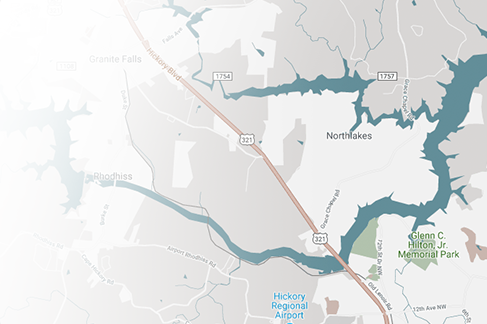Ulnar tunnel syndrome (UTS) is a condition that affects from 1.8 to 5.9 percent of the population. It impacts a critical nerve in the body, one that runs from the neck to the wrist and plays a significant role in how the arms and hands function. When compressed, this nerve can interfere with the way the hand works.
What is Ulnar Nerve Syndrome?
Ulnar nerve syndrome is the entrapment of the ulnar nerve in Guyon’s canal in the wrist. The ulna is one of two long bones in the forearm. It sits on the medial side, nearest your body, of the arm parallel to the radius. Both bones, ulna and radius, connect at one end to the elbow and the other end, the wrist. The ulnar nerve runs next to the ulna bone.
The ulnar nerve is the largest nerve in your body that is unprotected by other structures such as bone and muscle. That makes it prone to injury. When you hit your funny bone, what you are actually doing is striking the ulnar nerve. The result is numbness and shock that radiates down the forearm to the wrist and hand.
Entrapment refers to a nerve being physically pinched, which affects how the nerve functions. For example, ulnar nerve syndrome is similar to the more commonly known carpal tunnel syndrome, which involves entrapment of the median nerve in the carpal tunnel. It is the same basic problem but with a different nerve.
What are the Symptoms of UTS?
Entrapment of the ulnar nerves creates symptoms you feel strongest on the pinky side of your hand. They include:
- Tingling in your fingers, like they are falling asleep
- Numbness when the hand wakes back up
- Weakness that impacts your grip
- Problems with complex tasks like typing
- Claw shaped hand that occurs due to stiffness
The symptoms of UTS also include pain that starts in the wrist and increases as the condition progresses.
Causes of Ulnar Tunnel Syndrome
A ganglion cyst is the most common cause of ulnar tunnel syndrome. A cyst is a noncancerous growth filled with fluid. When it develops in the wrist, it can press on the ulnar nerve, causing entrapment.
It can also result from the repetitive motion of the wrist, like twisting, or an injury such as a broken hamate bone. Breaking the hamate bone is typically a sports-related injury. You can get it playing golf, for example. The bone breaks when you slam the club into the ground during a swing. It can also happen when hitting a ball in baseball.
Like most medical conditions, there are risk factors associated with ulnar tunnel syndrome. They include:
- Use of machinery like jackhammers
- Jobs that require repetitive movement of the wrist or working with the hand bent down and out like typing.
- Activities that require a forceful grip, such as weight lifting or bike riding
- An injury to the wrist
- Arthritis in the wrist
If a physician suspects UTS, an MRI, CT scan, or x-ray can confirm it.
Treatment for UTS
Surgery may be necessary to remove a cyst that might be pressing on the nerve. Taking out the cyst should relieve all the symptoms and restore normal feeling to the hand. However, it may take a few months to heal fully, along with rehabilitation.
A specialist might try other non-invasive treatments first, though, such as specially-designed braces and anti-inflammatory drugs. The doctor may recommend making lifestyle changes such as finding different ways to exercise or alter your work environment or habits.
How to Prevent Ulnar Tunnel Syndrome?
Even once the treatment works and you find relief from the symptoms, it’s important to take steps to prevent a recurrence of the condition. That might also involve making lifestyle changes to eliminate the risk factors. You may have to learn to use less force when completing tasks and wear a brace to protect your wrist. Giving your wrist a rest throughout the day can be effective, as well.
At Prime Surgical Suites, we provide state-of-the-art, cost-effective musculoskeletal surgical care in a convenient and comfortable outpatient setting for patients of all ages. Located in RiverCrest Medical Park, we are the region's first outpatient center focused exclusively on orthopedics. Our physician-led center will help restore your active lifestyle and well-being with compassion and orthopedic excellence.
.png?width=200&height=63&name=Prime%20Surgical%20Suites%20Logo-FINAL%20(REV_2_19).png)






